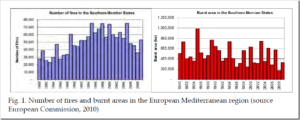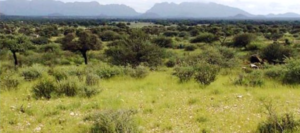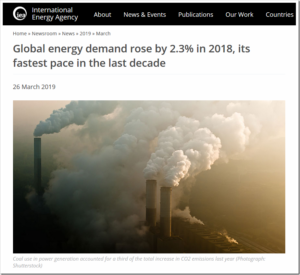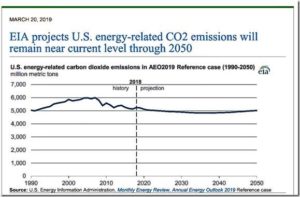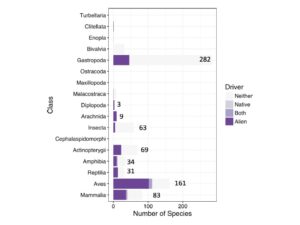by Douglas Preston, April 8, 2019 in TheNewYorker
…
One of the central mysteries of paleontology is the so-called “three-metre problem.” In a century and a half of assiduous searching, almost no dinosaur remains have been found in the layers three metres, or about nine feet, below the KT boundary, a depth representing many thousands of years. Consequently, numerous paleontologists have argued that the dinosaurs were on the way to extinction long before the asteroid struck, owing perhaps to the volcanic eruptions and climate change. Other scientists have countered that the three-metre problem merely reflects how hard it is to find fossils. Sooner or later, they’ve contended, a scientist will discover dinosaurs much closer to the moment of destruction.
…
Locked in the KT boundary are the answers to our questions about one of the most significant events in the history of life on the planet. If one looks at the Earth as a kind of living organism, as many biologists do, you could say that it was shot by a bullet and almost died. Deciphering what happened on the day of destruction is crucial not only to solving the three-metre problem but also to explaining our own genesis as a species.




